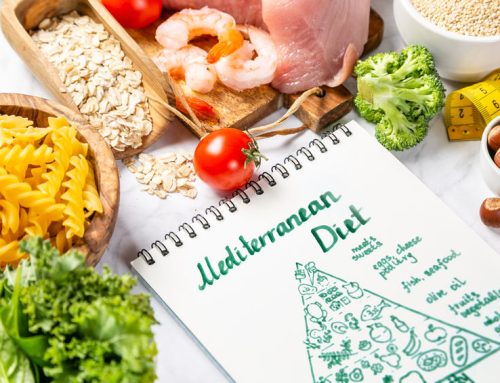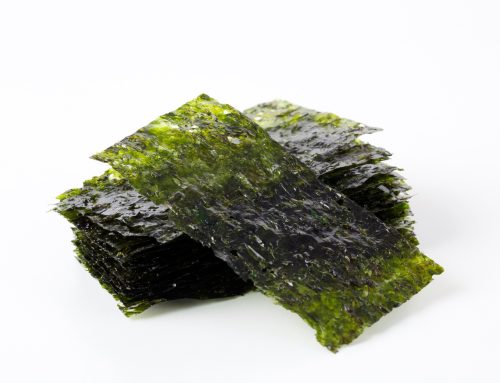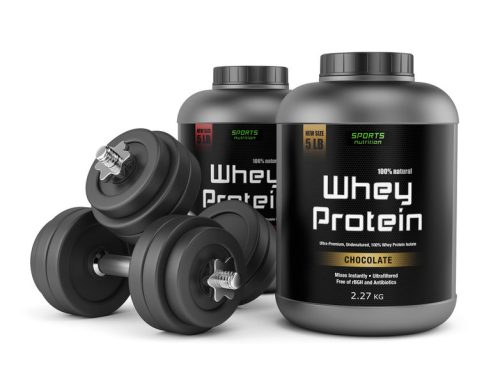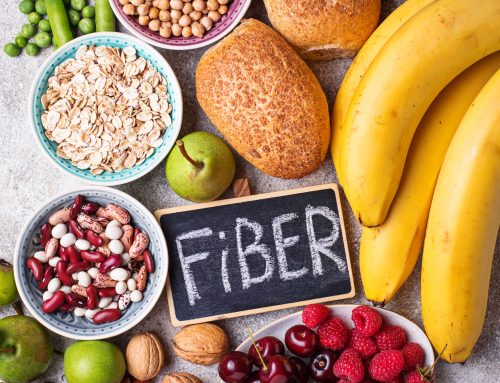What is a healthy diet? There are some broad parameters, but the key is to customize it to you and your lifestyle. This article explores the issue of what is a healthy diet.
If you asked 10 people how they would define “healthy diet,” you would likely get several different answers. The most basic definition of a healthy diet is that it best supports your overall health and wellness and prevents disease. While certain foods have been scientifically proven to fit this definition, a healthy diet must be personalized.
This article by Lauren Panoff, MPH, RD examines what it means to design a healthy diet, including tips for eating healthy and what foods to incorporate—and which to minimize.
What Does a “Healthy Diet” Mean to You?
When you’re trying to design a healthy diet for yourself, the first order of business is to determine what a healthy diet means. The word “healthy” is subjective and is defined differently depending on whom you ask. Overall, a healthy diet for you may not look the same as a healthy diet for someone else.
Foods to Incorporate Into a Healthy, Balanced Diet
What is a healthy diet? While nutrition is a continuously evolving science. However, certain aspects of nutritional science are undisputed.
Diets based on minimally processed foods are associated with better health outcomes. Consider these types of foods when planning your healthy eating pattern:
• Fruits: Apples, pears, berries, avocado, tomatoes, grapes, and oranges
• Vegetables: Leafy greens, broccoli, sweet potatoes, Brussels sprouts, onions, and mushrooms
• Whole grains: Oats, barley, millet, quinoa, amaranth, brown rice, and 100% whole wheat
• Legumes: Chickpeas, lentils, green peas, peanuts, black beans, and kidney beans
• Nuts: Almonds, walnuts, cashews, Brazil nuts, and pistachios
• Seeds: Sunflower seeds, pepitas, hemp seeds, chia seeds, sesame seeds, and flax seeds
• Lean proteins: Fish, tofu, and tempeh
On the other hand, the Western diet is associated with a higher prevalence of obesity and risk for other chronic conditions, such as heart disease, diabetes, digestive disorders, inflammatory conditions, and cancers.
This way of eating is generally characterized by a high intake of saturated and trans fats, sodium, and added sugar from ultra-processed and animal-derived foods and sugary beverages. It also lacks health-promoting nutrients like fiber, vitamins, minerals, and antioxidants.
What is a Healthy Diet? Here are Some Everyday Tips
Once you better understand the healthiest type of dietary plan for you, you can start implementing some positive habits.
Some tips to help you make healthy food choices include:
• Evaluate your current eating pattern: Get clear about where you’re starting by writing down three days of typical meals, snacks, and beverages to provide a snapshot to work from.
• Identify areas for improvement: As you reflect on your current eating pattern, note areas you can change for the better. Create goals around how you will make healthier choices.
• Take inventory: Pull foods from your freezer, fridge, and pantry that you want to find a purpose for, and think of some ways you might use them.
• Make a plan for the week ahead: Based on your inventory, early in the week, outline a weekly eating plan. Planning is a great habit that can help prevent last-minute food choices that don’t support your goals.
• Find inspiration and support: Healthy eating is easier when you have others doing it with you or when you have helpful resources available. Find support from friends, family members, or coworkers who have similar goals.
• Keep your eye on the goal: Healthy eating doesn’t mean making perfect choices at every meal and snack opportunity. Allow yourself the freedom to prioritize nutrition and joy through food.
Which Diets Are Healthy for Most People?
Whether you’re talking to a group of people or searching the internet for answers, you can find advice in support of any way of eating. That’s why it’s important to stick to what the science has to say.
For most people, a healthy diet consists of the following:
Predominantly plant-based foods:
Foods like fruits, vegetables, whole grains, legumes, nuts, and seeds are nutrient-dense, meaning that they provide an abundance of nutrition in a small serving. They are naturally anti-inflammatory, high in fiber, vitamins, minerals, and antioxidants, and only contain natural sugars (versus added ones).
Minimal ultra-processed foods:
Fast foods, sugary beverages, and other convenience items tend to provide empty calories. This means they contribute to your overall energy intake but tend to be poor in overall nutrition, leaving you unsatisfied.
Balance and variety:
A healthy eating pattern incorporates different types of foods. You might think about it in terms of eating the rainbow and creating balanced meals. Different colors and types of foods help provide a variety of nutrients.
Click here to answer the question what is a healthy diet.







